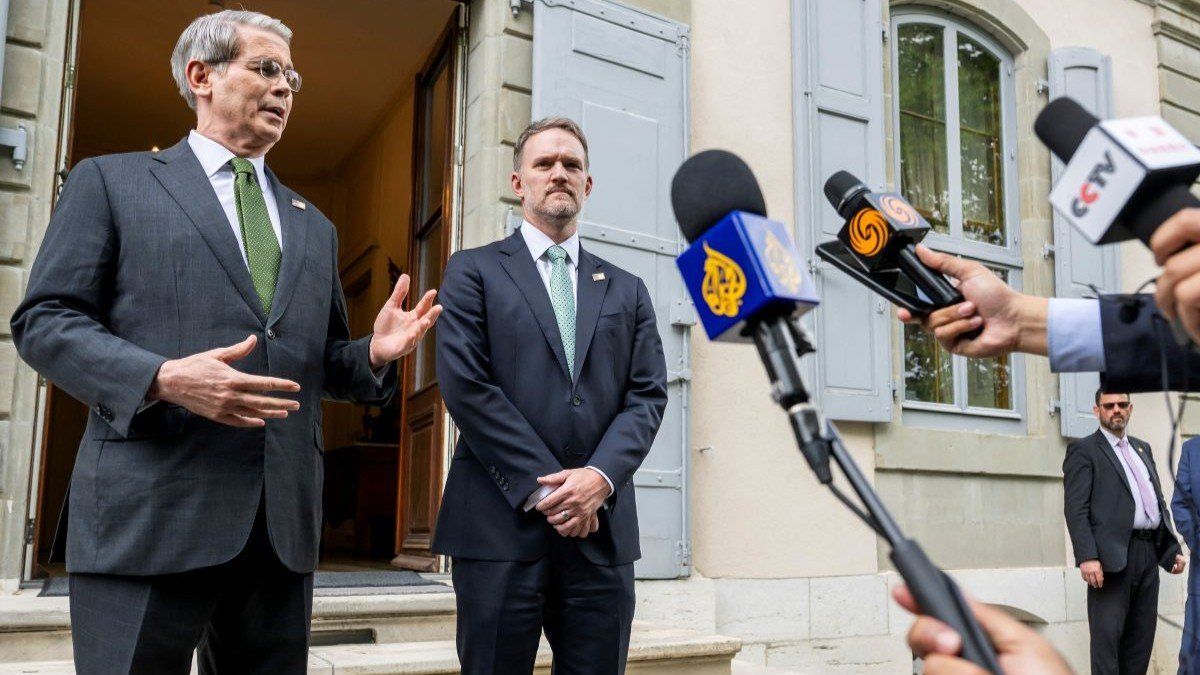Mother’s Day is a time to build bridges, apparently, as the United States and China both agreed to slash tariffs by 115 percentage points each for 90 days following talks in Geneva over the weekend. US tariffs on Chinese imports will plunge from 145% to 30%, while Chinese tariffs on US imports will sink from 125% to 10%.
What’s spurring a settlement? Both countries’ economies havetaken a hit ever since the two countries started a trade war around a month ago.
Will businesses buy the truce? At the height of the US-China trade war last month, Apple said they will shift iPhone production to India. We’ll be watching to see if there’s any plans to reverse course.
Bloodbath or breakthrough? Ukraine demands truce before talks
Peace talks between Ukraine and Russia are tentatively scheduled for May 15 in Istanbul, where Ukrainian President Vlodymyr Zelensky says he’ll be waiting to meet Russian President Vladimir Putin.
But Kyiv insists that an unconditional 30-day ceasefire take effect as of Monday – a condition Moscow has so far rejected.
What’s the White House view? US President Donald Trumpcalled on Ukraine to accept Russia’s offer to meet regardless of a truce, “to negotiate a possible end to the BLOODBATH.”
But does Russia really want peace? Iran is reportedly preparing to send Fath-360 missile launchers to Moscow, though Tehran denies this. If true, it casts doubt on Moscow's commitment to ending the conflict.
Speaking of the Middle East, Hamas said it would freeEdan Alexander, the last living American hostage, ahead of Trump’s visit to the region this week. It’s unclear what Hamas is getting in return.
Doubts loom over Kashmir truce
India and Pakistan announced a ceasefire in Kashmir on Saturday after the worst fighting in the disputed region in over two decades. The US claimed to have brokered the deal; however, India downplayed its role while Pakistan lauded Washington’s involvement.
But can it hold? The current truce is fragile: leaders from each side said they were keeping the peace, yet explosions were reported in the area. There may be peace for now, but all parties have their work cut out to maintain it.
